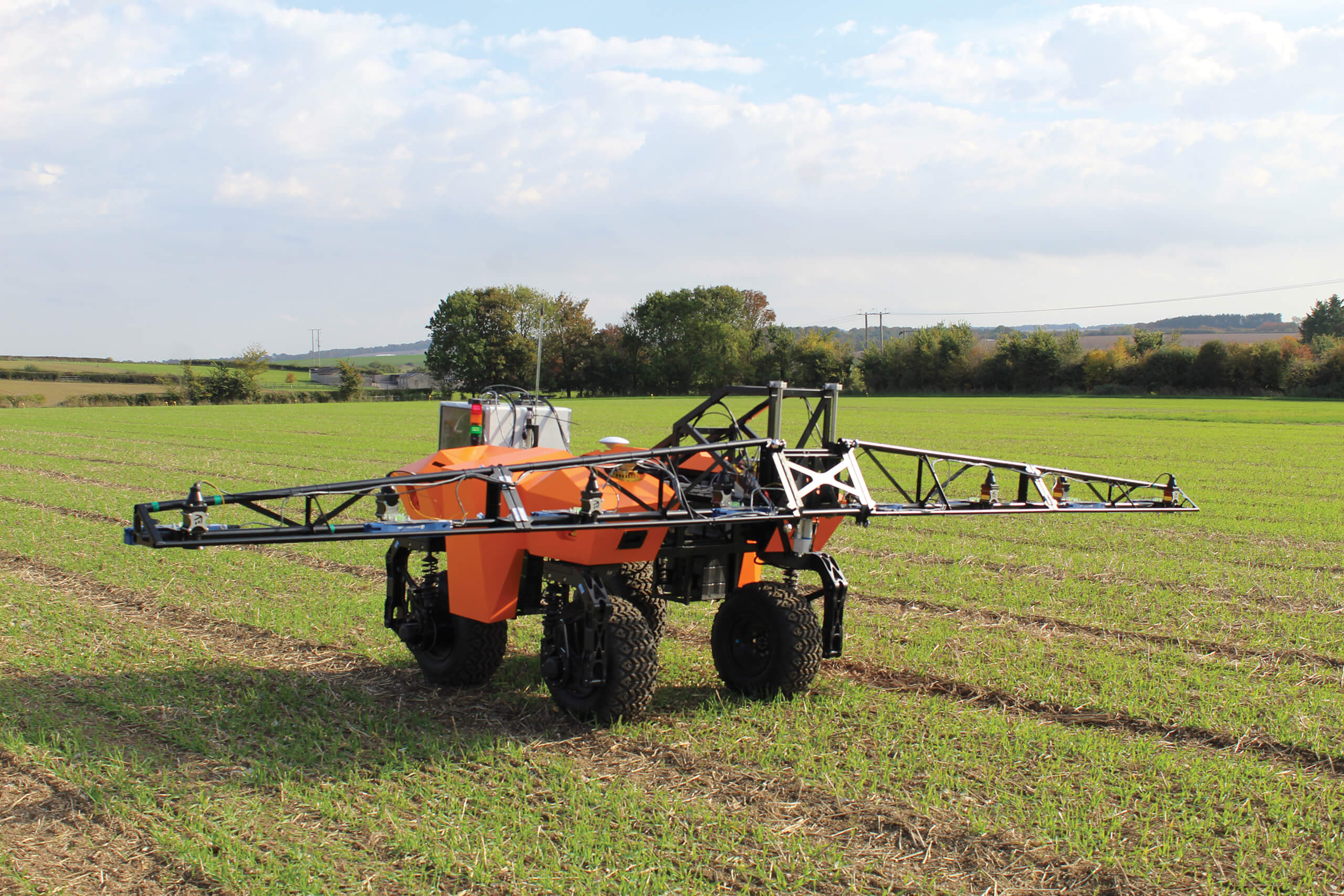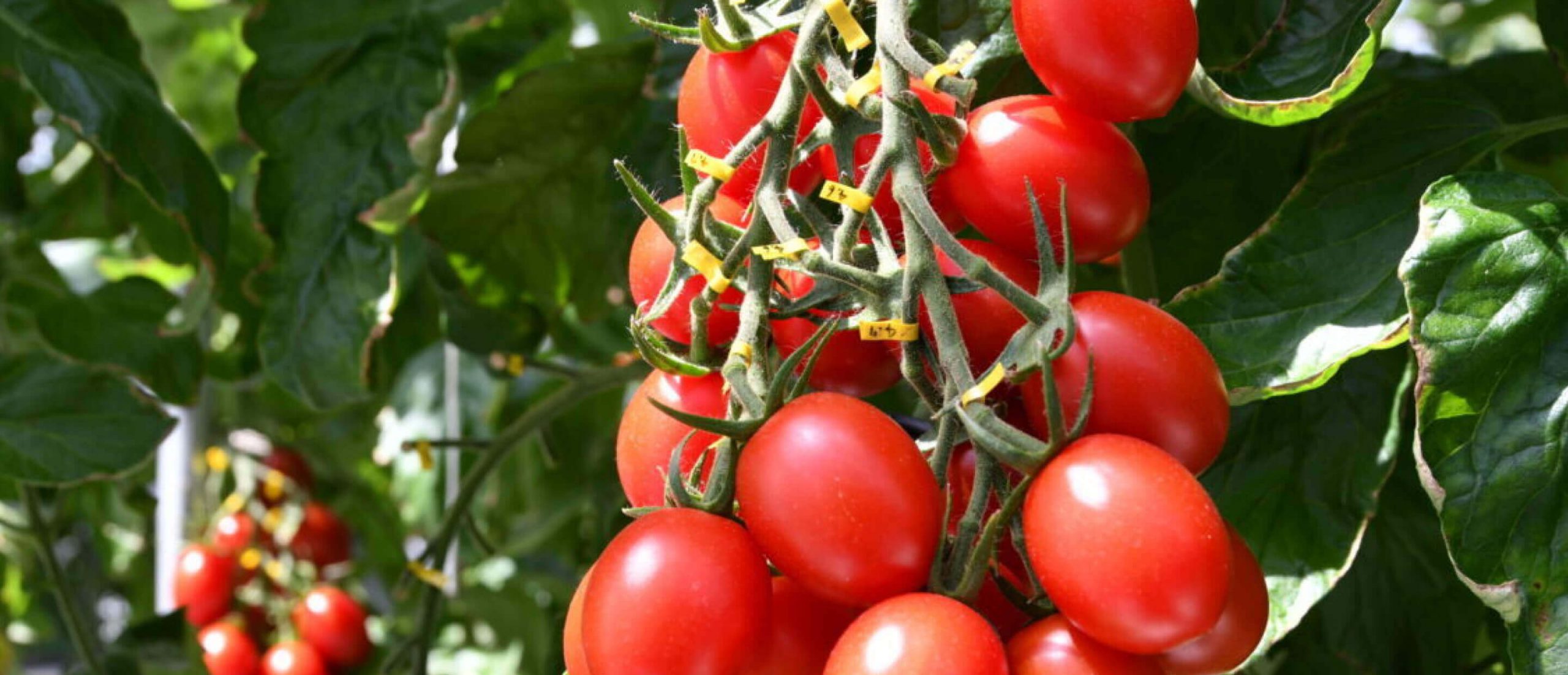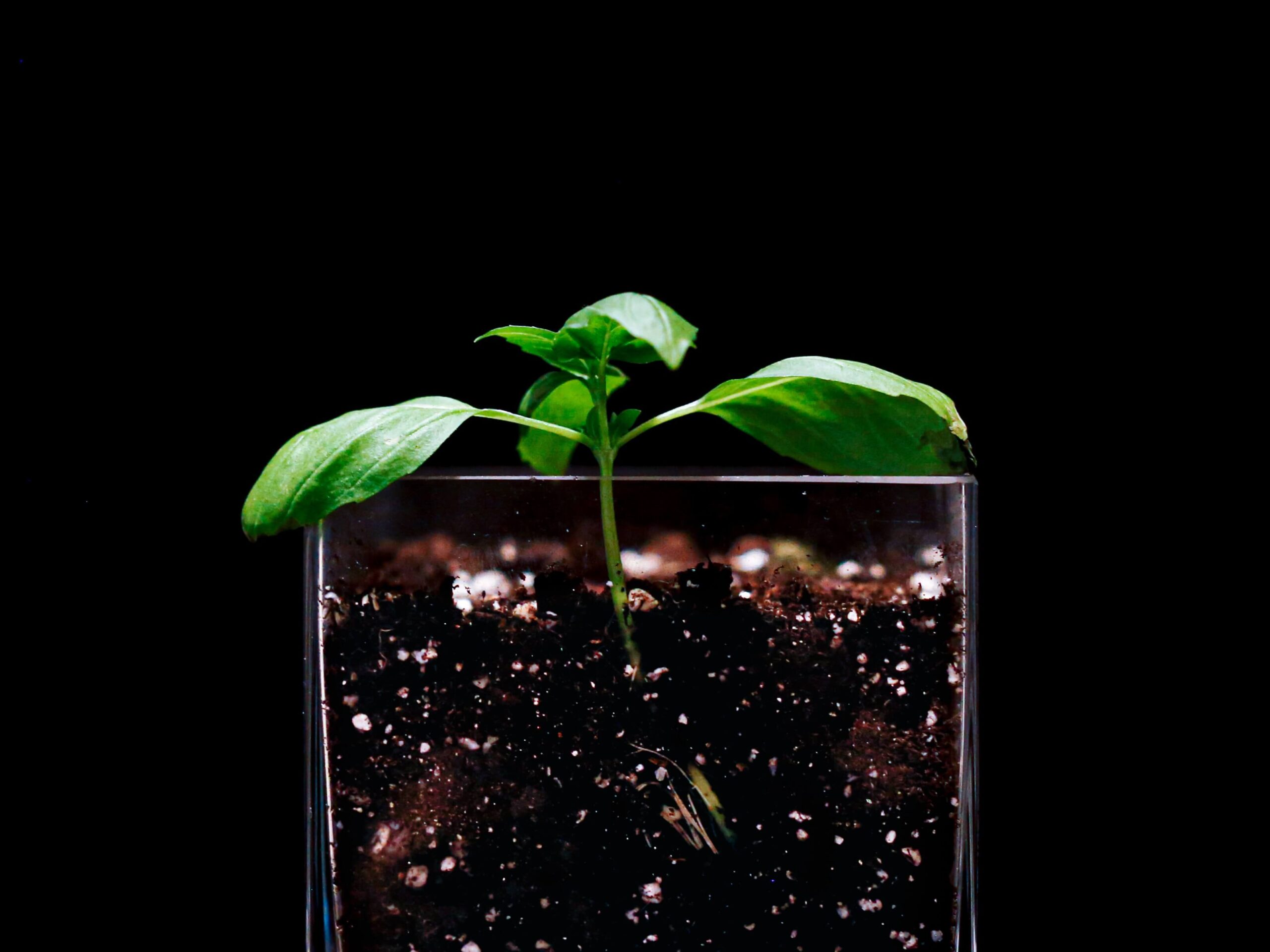
From politics and macroeconomics to extreme weather challenges, the mounting uncertainties facing US farmers make it critical to strategize for the future and draw up appropriate contingency plans.
Since the dawn of agriculture more than 12,000 years ago, farmers have had to live with uncertainty. From weather to pests and disease, producers have come to understand that managing and adapting to the unknown is one of the biggest challenges to bringing in a healthy harvest.
But while the future is unknowable, it’s important to have a clear picture of the factors that may affect any given growing season. And inevitably, given the political, economic, and geographic complexity of today’s interconnected world, those uncertainties are both more numerous and more challenging than in the past.
One of the more recent uncertainties is the increasing frequency of extreme weather events. Global temperatures are on the rise, July 2023 went down as the Earth’s hottest month on record, with an average global temperature six-tenths of a degree Fahrenheit (one-third of a degree Celsius) above previous highs.
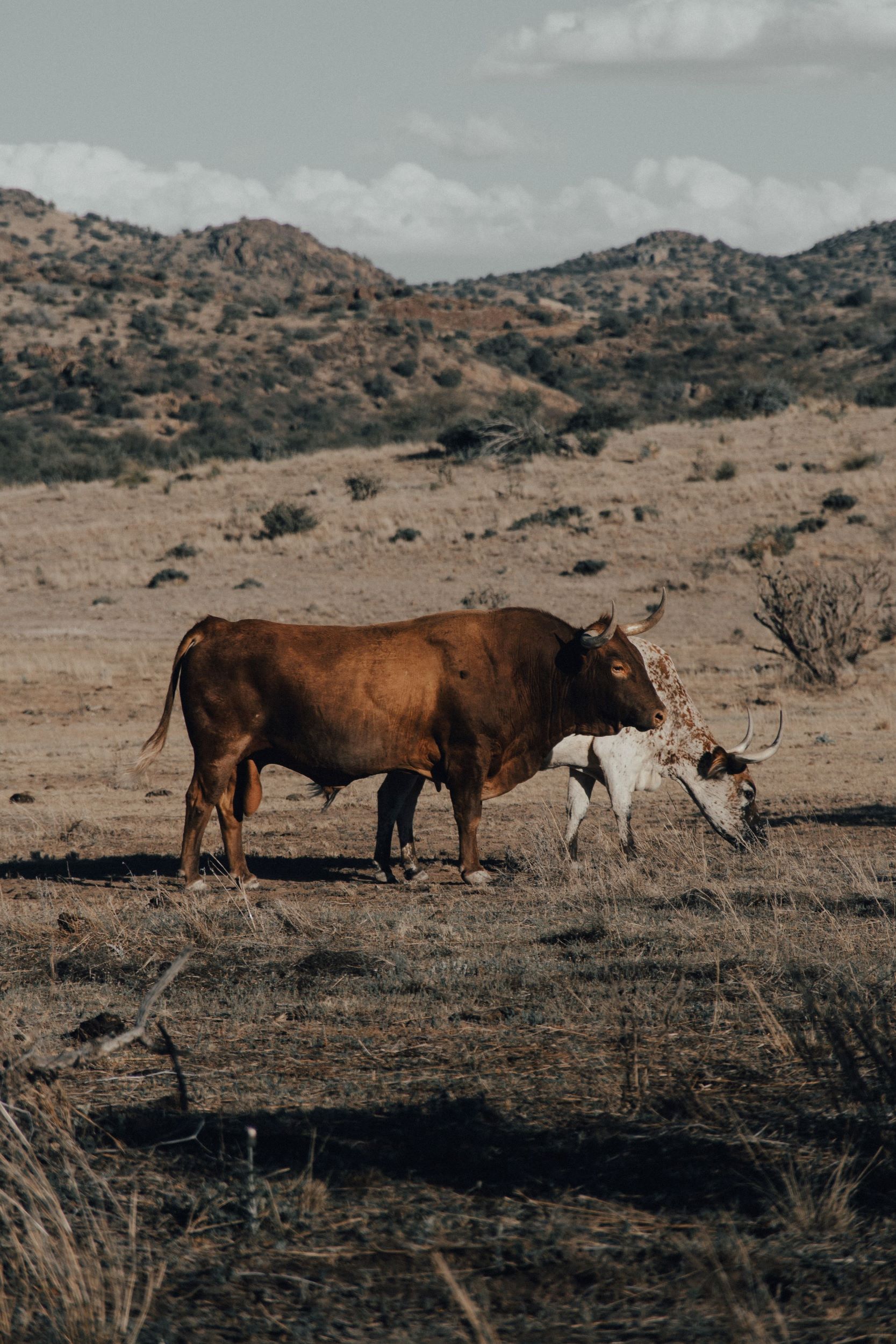
For many US farmers, climbing temperatures have brought drought. According to the US Drought Monitor, the heatwave intensified the drought already causing problems across parts of the Midwest, South, Southwest, and Pacific Northwest.
These extremes affect every aspect of agriculture, reducing crop yields and negatively impacting livestock. “Over time, heat stress can increase vulnerability to disease, reduce fertility, and reduce milk production,” according to the City of Chicago’s climate change assessment. “Drought may threaten pasture and feed supplies, reducing the
amount of quality forage available to grazing livestock.”
On the geopolitical front, US farmers have to factor in deteriorating US-China relations. China has become an increasingly important market for US farmers and it’s now the biggest overseas market for their products, with exports reaching a record 19.2% of the country’s $213 billion agricultural exports.
Yet much of that increase came from higher prices, masking a fall in the volume of bulk exports, such as corn, wheat, and sorghum, as China looked to diversify its suppliers. As Chad Bown and Yilin Wang of the Peterson Institute for International Economics recently concluded: “Worrying signs are developing. China has shifted purchases away from the United States to reduce its reliance on US suppliers, but US farmers remain highly dependent on the Chinese market.”
Related article

Farming by numbers: 2024
10 trends and data points to watch for in 2024.
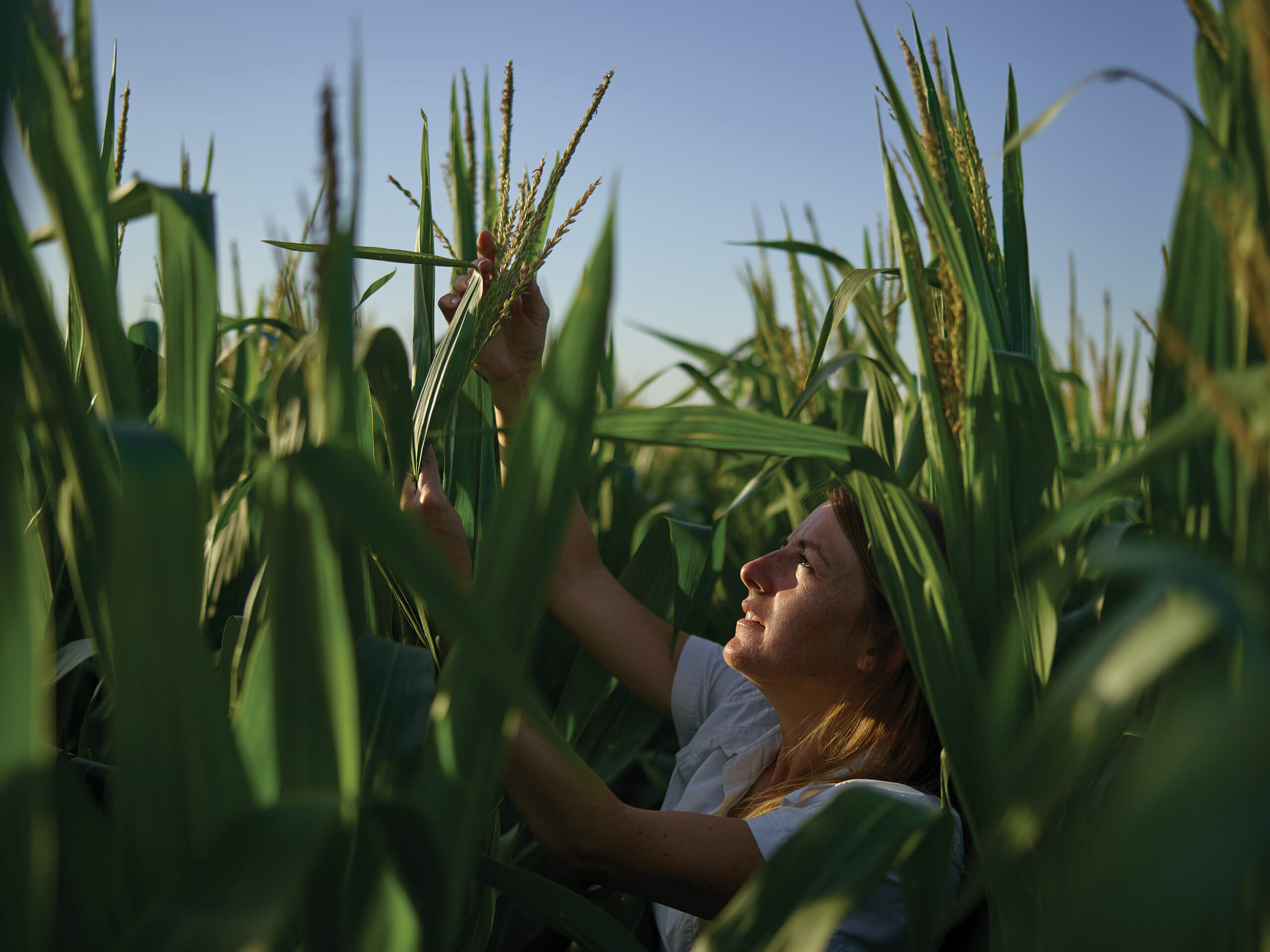
China is not the only geopolitical red fl ag for US farmers in 2024. On the face of it, Russia’s invasion of Ukraine
might have seen a more sustained market boost as supplies of wheat and corn from the two agricultural heavyweights were disrupted.
Yet given Russia’s place as the world’s largest fertilizer exporter, the war has also disrupted global fertilizer supplies. That, together with higher prices for natural gas – a key input for fertilizer – drove prices to an all-time high in March 2022 before falling again – considerably – through 2023.
This ongoing volatility leaves US farmers having to anticipate whether prices will continue to fall or start climbing once again for the current crop – typically fertilizer accounts for about 35% of operating costs for corn and wheat growers. The uncertainty inherent in rising interest rates is another key concern for farmers as the Federal Reserve takes action to try to keep inflation under control.
In August 2023, a survey by the Purdue Center for Commercial Agriculture showed almost one in four respondents considered higher interest rates the number one concern for their operations. Rising rates are making it harder for farmers to take out loans for operating expenses, equipment or farmland.
The Federal Reserve Bank of Kansas City reported that farm lending activity by commercial banks slowed during
the first half of 2023 as volumes of non-real-estate farm loans fell for the second consecutive quarter while average interest rates on agricultural loans continued to increase.
High input costs and increases in interest rates have raised financing costs considerably. Conditions have also encouraged many producers to adjust operations to reduce borrowing needs or utilize cash reserves to fund some expenses.”
The trend in rising interest rates seen over the past two years may be set to reverse in 2024, according to economists at Goldman Sachs Group. They anticipate the Federal Reserve will start lowering interest rates by the end of June 2024, with a gradual, quarterly pace of reductions from that point.
To a greater or lesser extent, farmers the world over have to contend with these uncertainties. But in the US, domestic politics has thrown up two additional unknowns: the long term fate of the US Farm Bill; and the forthcoming presidential election.
The Farm Bill has been extended until September 2024. This prolongs related uncertainties for farmers over mandatory and discretionary funding for many everyday programs and functions in the new cropping season.


